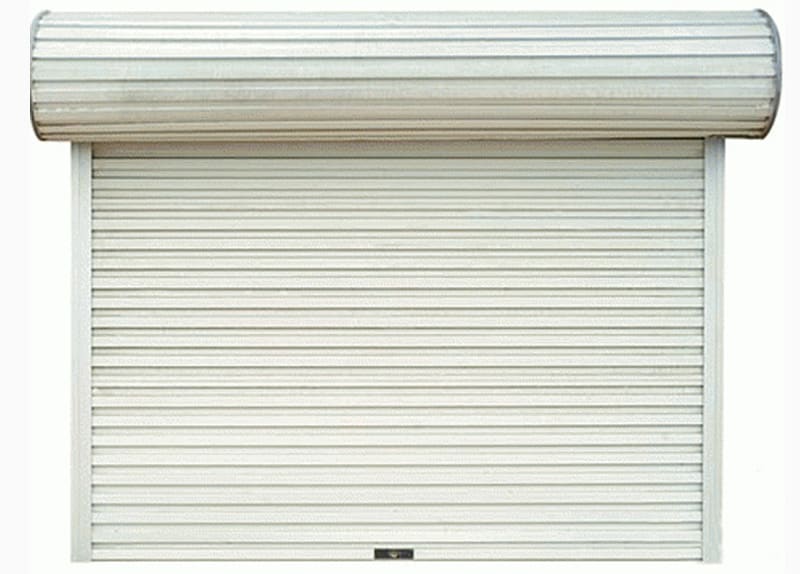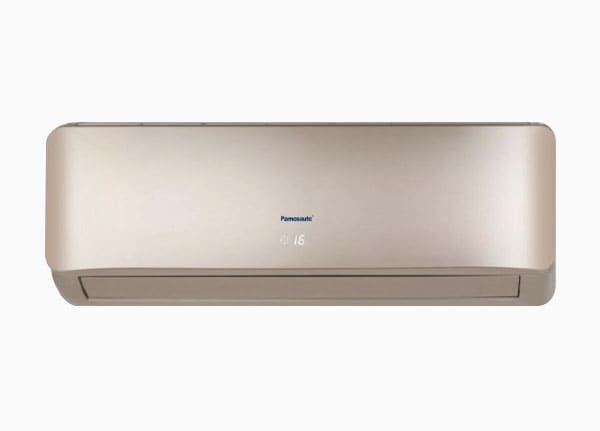- no.8,zaolin road,
longxiang street,
tongxiang,zhejiang,china - +86 573 89381086[email protected]
- DownloadsPDF Brochures
PPGL and PPGI are two acronyms that are commonly used in the world of coated steel, but they refer to distinct products. While both are pre-painted, galvanized steel coils, the fundamental difference lies in the type of base metal used. This single difference has a ripple effect, influencing their applications, properties, and even cost. Understanding the distinction between PPGL and PPGI is essential for anyone working in manufacturing, construction, or supply chain management.
PPGI stands for Pre-Painted Galvanized Iron. The "galvanized" part refers to the zinc coating applied to the steel coil. This zinc layer is a sacrificial coating, meaning it corrodes before the steel itself, protecting the underlying metal from rust. After this galvanization process, a layer of paint is applied to one or both sides of the coil. This paint provides an extra layer of protection and allows for a wide range of aesthetic finishes.
Due to its galvanized coating, PPGI is known for its excellent corrosion resistance and durability. It's a workhorse material, used extensively in applications where longevity and protection from the elements are critical.
PPGL stands for Pre-Painted Galvalume or Pre-Painted Galvalume Steel. The key difference is the "galvalume" coating. Galvalume is an alloy made of zinc, aluminum, and a small amount of silicon. This specific alloy offers a different type of protection compared to pure zinc. The aluminum component in the coating provides a barrier against corrosion, while the zinc component provides the same sacrificial protection as a galvanized coating. The silicon is added to help the coating adhere to the steel.
The dual protection from aluminum and zinc makes PPGL a superior choice for certain applications, but it's important to understand the specific benefits and drawbacks.
While both PPGI and PPGL are excellent materials, their different coatings lead to some notable distinctions:
Corrosion Resistance: This is the most significant difference. Galvalume's combination of aluminum and zinc typically provides superior long-term corrosion resistance, especially in acidic or highly corrosive environments. However, the sacrificial protection of PPGL is not as effective as PPGI when the edge of the steel is cut, as the Galvalume coating is less "sacrificial" than pure zinc. PPGI provides excellent protection along cut edges, a crucial advantage in some applications.
Longevity: Due to its enhanced corrosion resistance, PPGL often has a longer service life than PPGI in similar environments. The aluminum layer provides a more stable, long-lasting barrier.
Cost: Generally, PPGL is more expensive than PPGI. The cost difference is due to the higher price of the Galvalume alloy and the more complex manufacturing process. The higher initial cost of PPGL can be offset by its longer lifespan and reduced maintenance needs.
Formability: PPGI tends to be more malleable and easier to form into complex shapes without the coating cracking. The PPGL coating, due to its aluminum content, can be slightly more rigid, though modern manufacturing processes have significantly improved its formability.
Aesthetics: Both materials can be painted in a wide array of colors and finishes. The paint system for both ppgi ppgl is fundamentally similar, so aesthetic differences are minimal and depend more on the specific paint and finish selected by the manufacturer.
The choice between PPGL and PPGI depends entirely on the specific application and project requirements.
Choose PPGI for general-purpose applications where cost-effectiveness and good corrosion resistance are sufficient. It is an excellent choice for a wide range of products, from household appliances to simple roofing and siding.
Choose PPGL when you need superior, long-term corrosion resistance and are working in harsh environments, such as coastal areas with high salt content or industrial zones with chemical pollutants. Its longer lifespan can make it a more economical choice over time despite the higher initial cost.
Both PPGI and PPGL are versatile materials that have revolutionized many industries. Knowing the difference between them allows you to make an informed decision, ensuring the longevity and performance of your final product.

With high anti-rust performance, they are popular used in co...

PPGI / PPGL COIL full name is prepainted galvanized / galval...

Port:Zhejiang,China Advantages of Our Prepainted Galvanized ...

APPLICATION OF PPGI Construction:Outside:Workshop, agricultu...

